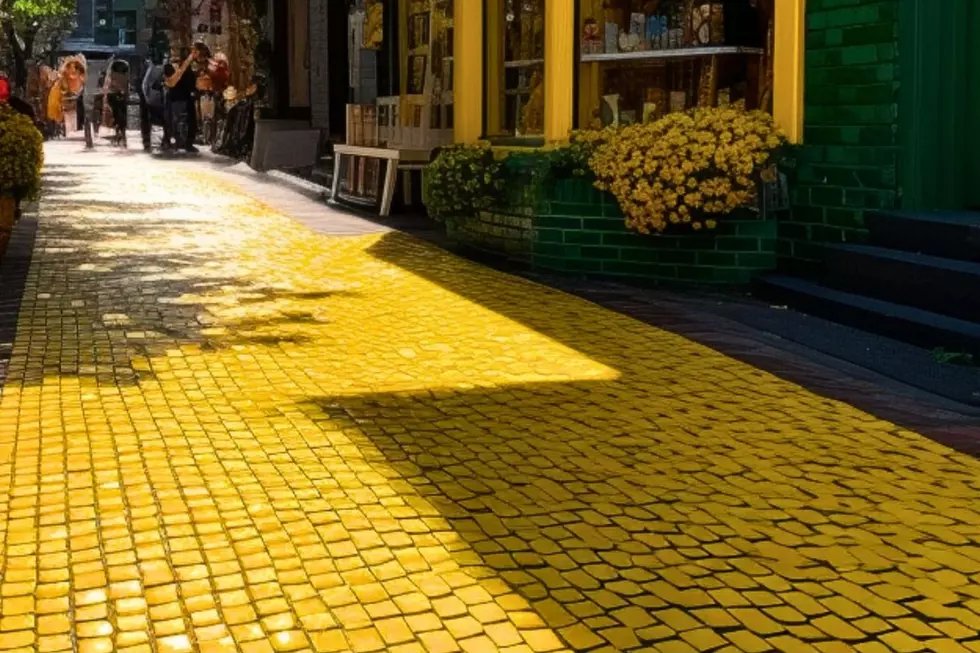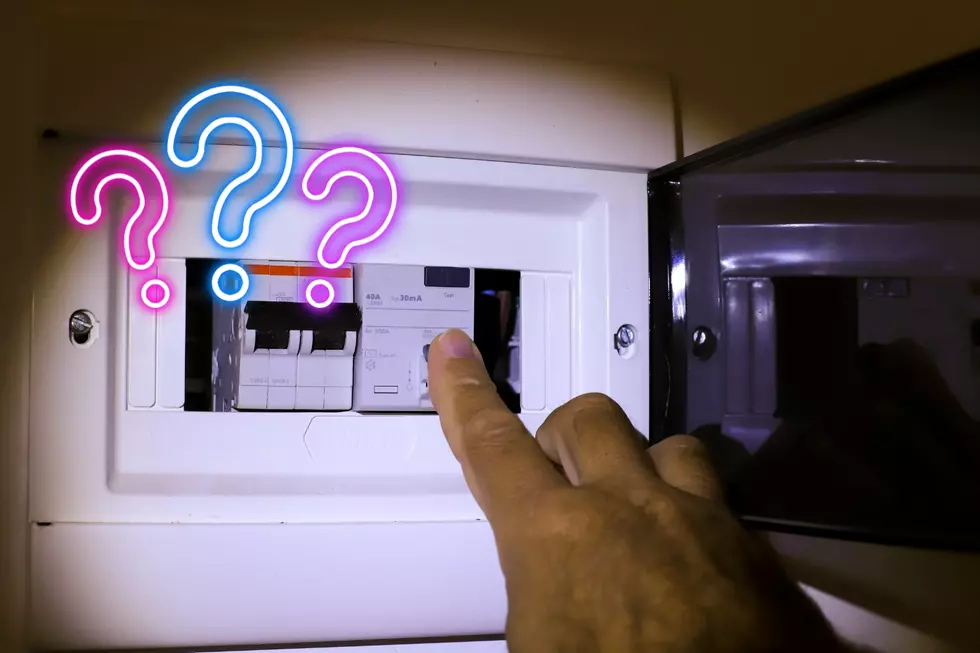
Airborne PCBs Near New Bedford Harbor Said Bad for Public Health
Sediment contaminated with PCBs at the bottom of New Bedford Harbor may not be visible, and people may not come into direct contact with it, but it still poses a public health threat.
A new report verifies past research that PCB air pollution is a problem in the area, but this time it isolates the harbor as the primary source of the problem. In fact, airborne PCB emissions from the harbor are so high that it is the single largest source of airborne PCBs ever measured from natural waters in the U.S. and Canada.
That's according to researchers from the Boston University School of Public Health and the University of Iowa. Their new report showed that PCB levels in the air are largely due to the harbor, and not from other sources. PCBs are released from the sludge at the bottom of the harbor and escape through the water into the air.
New Bedford harbor is one of the largest PCB superfund sites in the nation, and it's been undergoing cleanup since the 1990s. However, the cleanup work has not been completed. Industry in the area used PCBs from the 1940s until the 1970s, when the chemicals were banned by the federal government.
In 2013, the EPA finalized a $366.25 million settlement with Aerovox, the main company responsible for the contamination. The agency says approximately 425,000 cubic yards of PCB-contaminated sediment has been removed from the Upper Harbor as of December 2017.
PCBs are polychlorinated biphenyls, a class of chemicals linked to serious health concerns, including cancer and endocrine disruption. However, researchers added that the effects of long-term inhalation are still uncertain. They also said that the role of mudflats as a source of PCB pollution has not yet been studied.
The BU study was prompted by Hands Across the River Coalition, a community-based group that's been working on the issue for some time. Community engagement was supported by Alternatives for Community and the Environment (ACE) and Toxic Actions Center.
"Every time we went to collect the monitors from residents' homes, we were faced with the same question" 'Should I be worried?' said Claire Miller of Toxics Action Center. "Exposure is a 24/7 reality for folks living near the harbor, and this study is an important step forward."
WBSM is seeking more information on the implications of the study.

More From WBSM-AM/AM 1420









